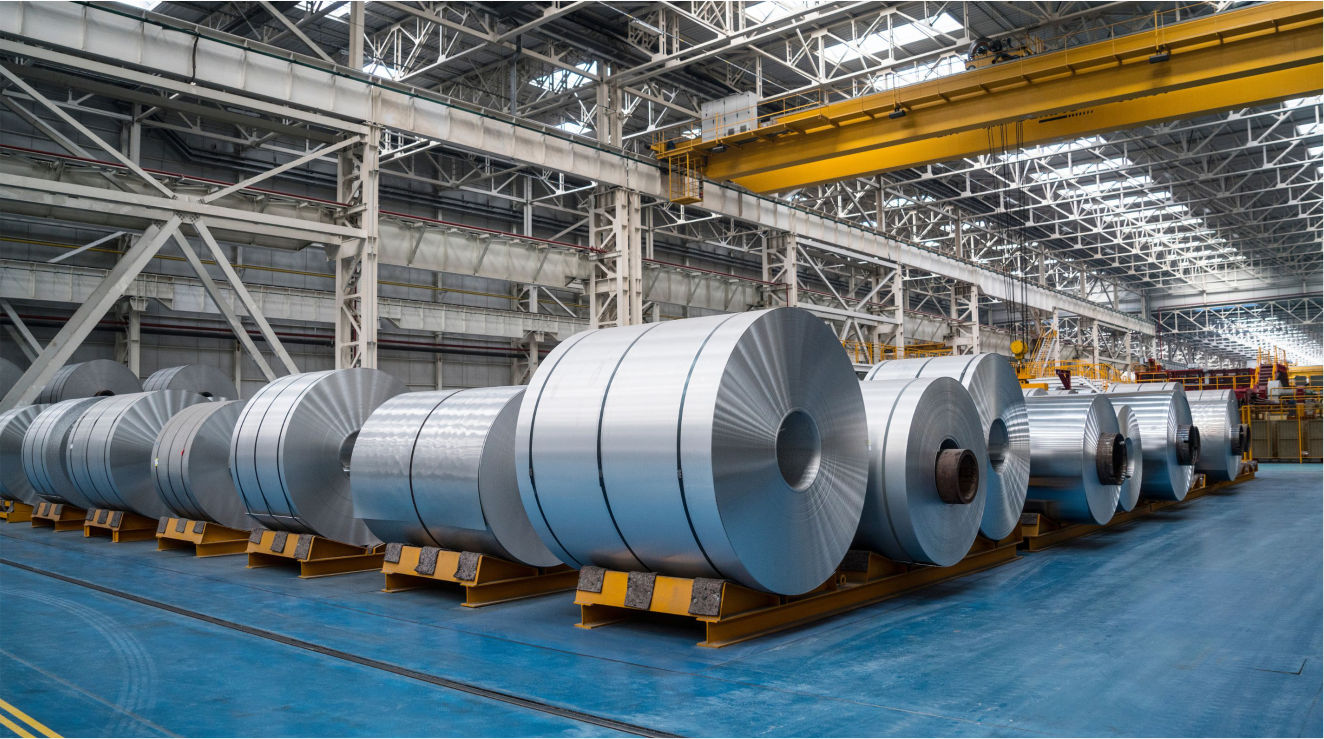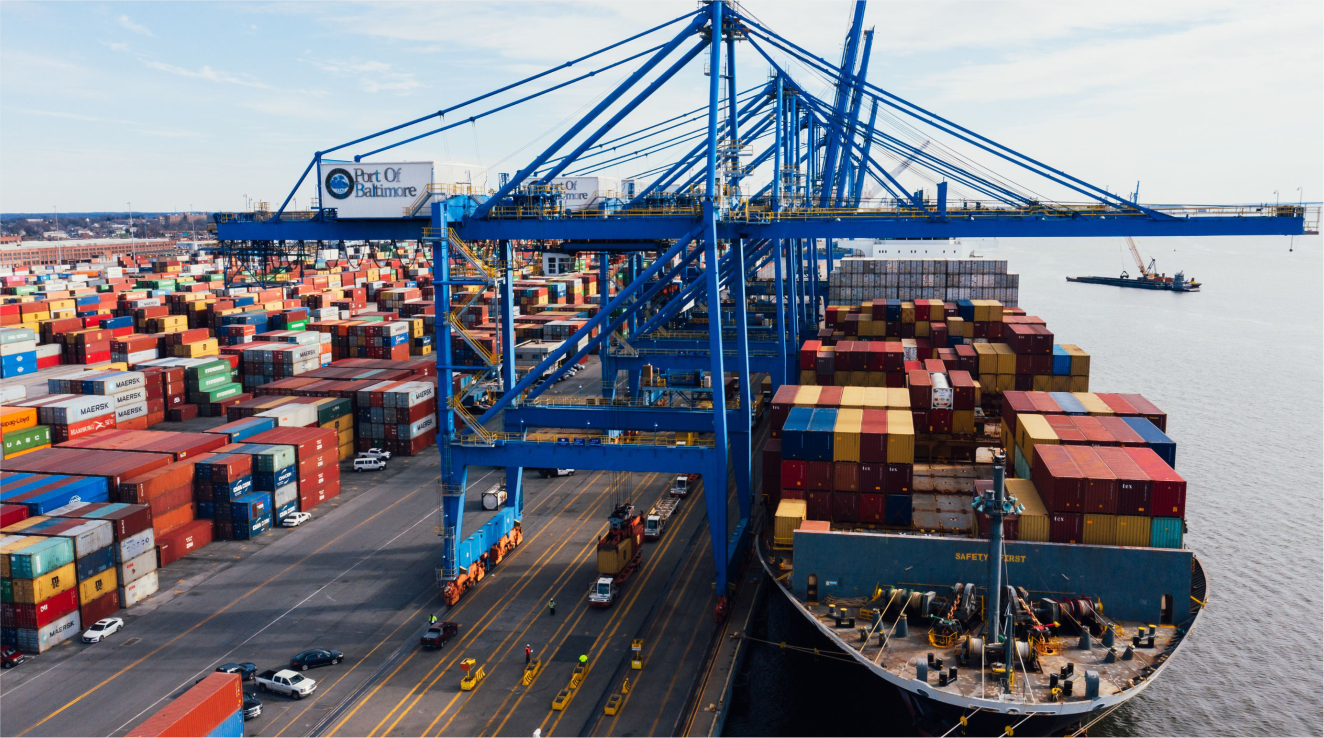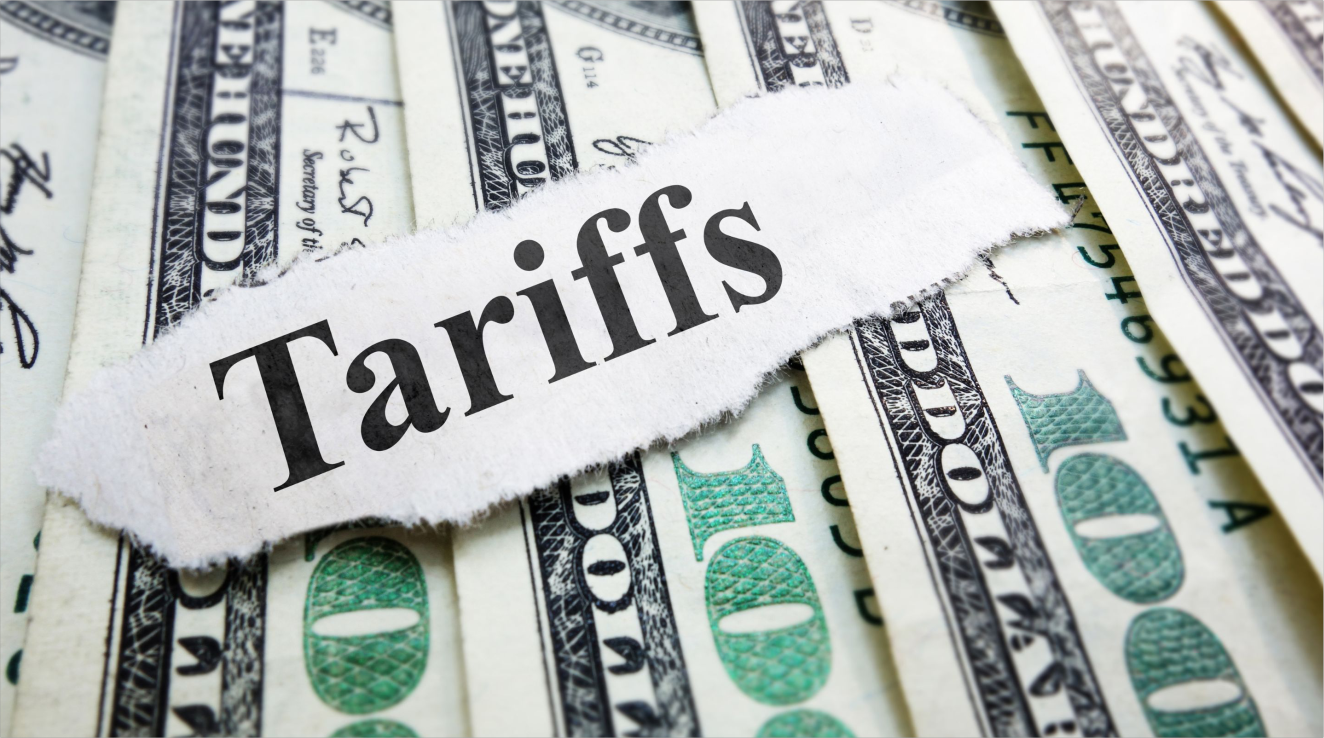The United States, the world’s largest importer of steel, has imposed a 25% tariff on all aluminum and steel imports without any exemptions. While this policy aims to promote the domestic metals industry, it is expected to have significant global trade implications. Given that the U.S. is India’s largest trading partner, these tariffs could disrupt India’s steel and aluminum exports, affecting domestic industries that rely on these sectors.
India’s Exports to the USA
Between January and November 2024, India exported nearly USD 25 billion worth of iron, steel, and aluminum, including their products, according to DGCIS data. The U.S. accounted for 15% of these exports, making it a key market for Indian producers. Iron and steel products exports to the U.S. hold crucial importance, as the country accounts for more than 29% of India’s total exports of USD 9 billion. Similarly, the U.S. remains the largest destination for Indian aluminum and its products, representing 11% of total aluminum exports, which amounted to USD 6.7 billion. In iron and steel shipments, the U.S. ranked as the sixth-largest destination for India, accounting for 5% of total exports worth USD 9.7 billion.
India’s share in USA’s market
Despite the significance of the U.S. market for Indian steel and aluminum, India is not a dominant supplier of raw steel to the U.S. The major suppliers include Canada, Brazil, and Mexico, which together account for 53% of total U.S. steel imports. However, India plays a more prominent role in the supply of finished steel products, where it faces direct competition. In the aluminum sector, India is the seventh-largest supplier to the U.S., while Canada remains the primary source of imports. This suggests that India’s presence in the American metals market is concentrated more in value-added products rather than raw materials. (Data from American Iron and Steel Institute).
Tariff impact on Indian industry
The imposition of a 25% tariff is likely to undermine the competitiveness of Indian steel and aluminum products in the U.S. market, leading to a decline in exports and potential disruptions in domestic production. Indian steel manufacturers already face significant challenges due to cheap steel imports, particularly from China, and the new tariff could add to the situation by diverting global steel flows into India, increasing the risk of dumping and price volatility. Also, a significant portion of finished steel production in India is driven by MSMEs, which may struggle to remain competitive in international markets. A decline in exports could reduce their revenues, affecting profitability and capacity utilization.
For the aluminum sector, the tariffs could lead to lower export volumes, forcing Indian producers to seek alternative markets or absorb cost pressures. Given the U.S. market’s significance, finding replacements will be challenging, potentially impacting domestic demand-supply dynamics and pricing.
Conclusion
Even though India has an overall trade deficit, we have surplus with three countries among our top 20 trading partners including USA with which India has highest trade surplus. The protectionist stance taken by newly elected U.S. President Donald Trump could pose a serious risk to India’s macroeconomic stability, particularly at a time when unemployment and sluggish manufacturing growth are among the most pressing economic challenges. The 10% increase in allocation for capital expenditure for the next financial year (from the revised estimate of the current financial year) may increase domestic demand for metal products. The government needs to stick to this increase in allocation by kick-starting capital expenditure on time. Nevertheless, a strategic and dynamic approach will be essential to navigate these challenges and sustain the growth of India's steel and aluminum industries.
To diversify our markets for exports of these products, India must explore new export opportunities with major economies such as the EU and UK, leveraging Free Trade Agreements (FTAs) to strengthen its global trade position. Additionally, India may need to initiate trade negotiations with the U.S. to deepen trade ties and ensure that its exporters remain competitive in a rapidly evolving global trade environment.













